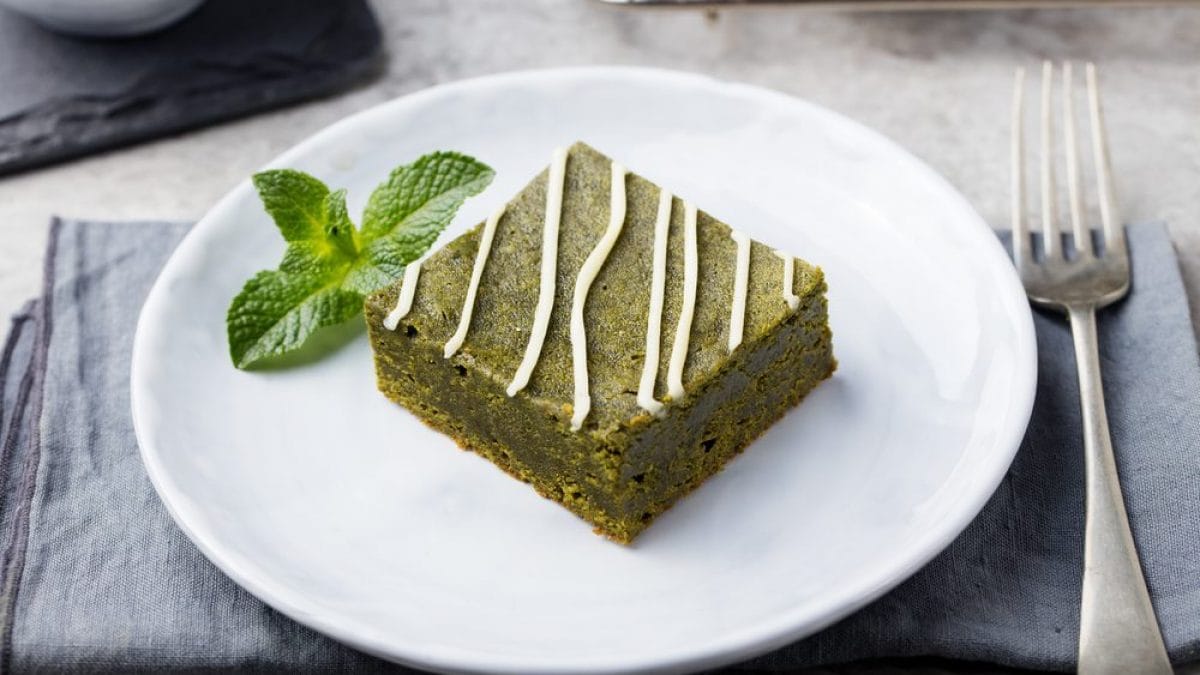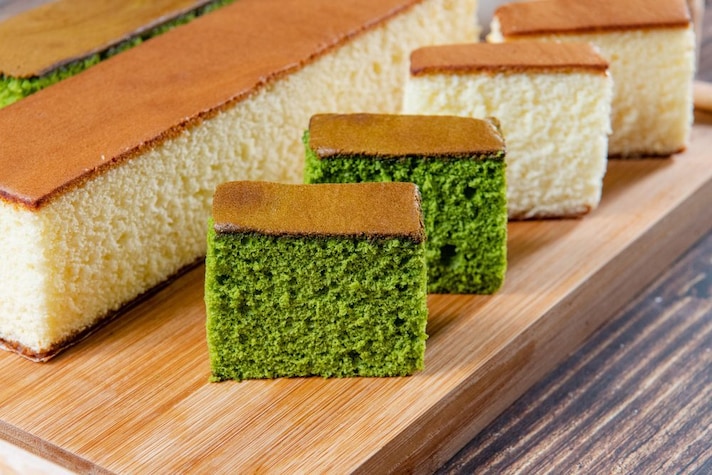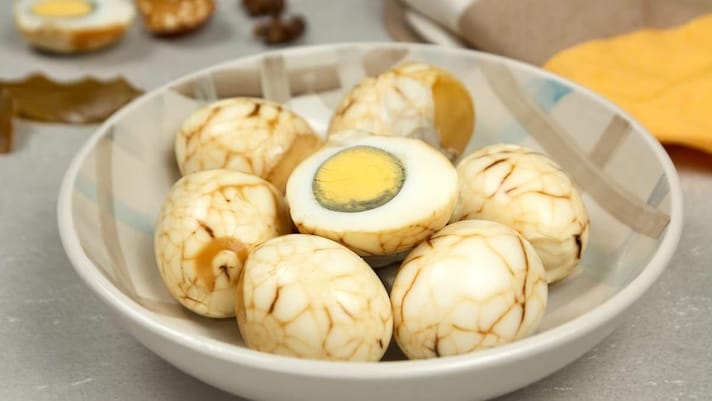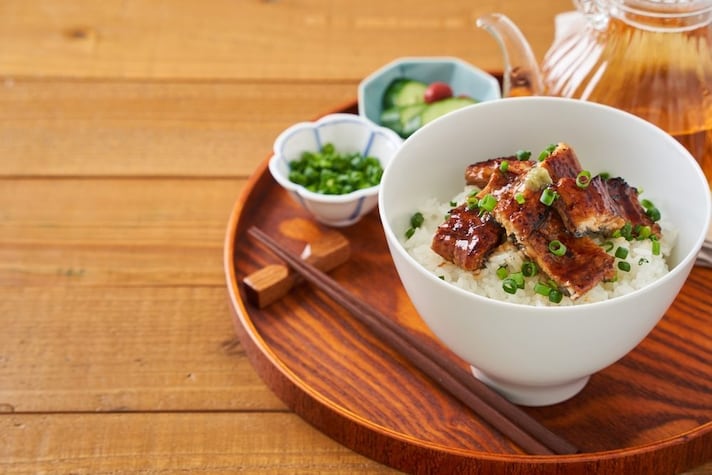
Tasty, delicious, and suitable all year round: it's no surprise that tea is so beloved. This delicious beverage of Chinese origin has been consumed by humanity for centuries and is delicious both piping hot in the winter and iced in the colder months. It's no coincidence that the English have made tea time the unmissable 5:00 pm appointment, and that in many parts of the world it has become a veritable ritual.
But did you know that tea can also be an ingredient? In addition to making infusions, herbal teas, and decoctions, it can be used in a wide variety of recipes, from delicious appetizers to delicious desserts.
You just need to learn about the different flavors of the main existing tea varieties – in each category, there are many of varying degrees of intensity – and then the only limit is your imagination.
Tea for Cooking
When it comes to cooking with tea, you have two options: you can use pre-infused tea or you can use the leaves directly, either whole or powdered (for example, using matcha tea, or by crushing and chopping the leaves of other types of tea).
In both cases, you need to learn to distinguish the main types of tea, because each has a different flavor and sweetness level, which is essential to know in order to create the perfect blend of ingredients. In general, remember that:
- White teas are those that have the lightest and least aromatic flavor.
- Green teas are more aromatic and spicy and have a bitter taste.
- Black teas have the most intense, decisive and persistent flavor, and are very aromatic.

What Can Be Made Using Tea
The most common use of infused tea is as an ingredient in desserts: it can be used to soak traditional sponge cakes, dissolve other ingredients like cornstarch, replace the liquid component of water, or even become a syrup to add to cakes, fruit salads, or ice cream sundaes. Infused tea is also great in savory recipes: for example, you can soak foods like tofu, or use it in place of broth to deglaze dishes like risotto.
Powdered tea is equally varied and can be used in many culinary contexts. In savory dishes, for example, tea leaves are used in delicious recipes like tea eggs, but also as an addition to fresh pasta dough, provided they are ground very finely. Tea leaves, just like more common culinary leaves like bay leaves or sage, pair very well with meat. For red meats, the flavors of black or semi-fermented teas are best, while for chicken or pork dishes, opt for white or green teas.

It's also excellent with fish: in this case, it's best to choose fish with delicate flavors, so that the final product doesn't overdo its flavor and aroma. Another original use is in the breading of classic fish and chips; simply add the tea leaves to the breadcrumbs, coat the fish fillets in them, and then bake.
Powdered or finely ground tea is also suitable for making desserts. Matcha tea is usually the most used for this type of recipe, also because its bright green color persists even after cooking, so much so that it is often used as a natural coloring. This doesn't mean you can't use other types of tea: try, for example, a variation on the classic tiramisu, in which the coffee is replaced with tea.
Finally, remember that tea can be the starting point for a wide variety of beverages, more summery and refreshing than the classic infusion. Try making a smoothie, for example, by combining tea powder with seasonal fruit, ice cubes, and milk (cow's milk, but also plant-based milk like almond or coconut).

Some Tips for Cooking With Tea
In addition to learning about flavor, there are other little tricks to keep in mind when cooking with tea to achieve perfect results. First, for a real boost of flavor, it's best to buy high-quality tea, which you can learn to recognize by following the tips in our guide.
Another useful tip is to use mineral water to prepare it if you choose to use the pre-infused beverage. This is because tap water, even if drinkable, may still contain limescale particles and other residues that could alter the taste of the beverage.
Also pay attention to the infusion temperature: in general, it should never exceed 194°F/90°C, but each type of tea requires a different water temperature. A useful trick if you want to judge by eye is to turn off the heat when you start to see very small bubbles rising to the surface.
;Resize,width=767;)
